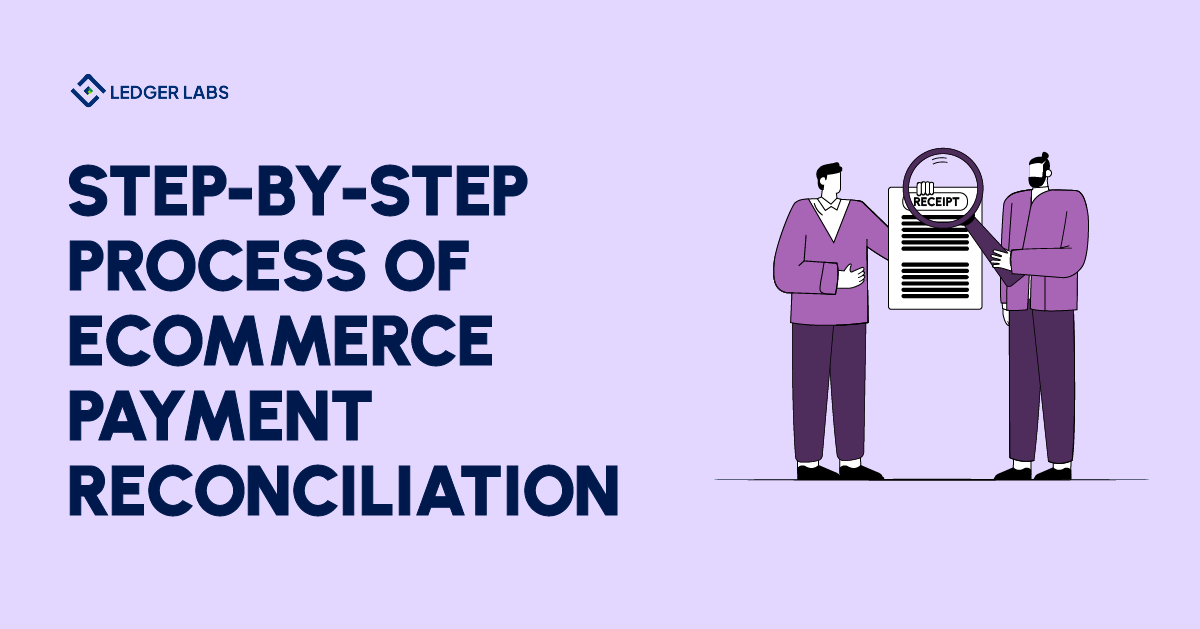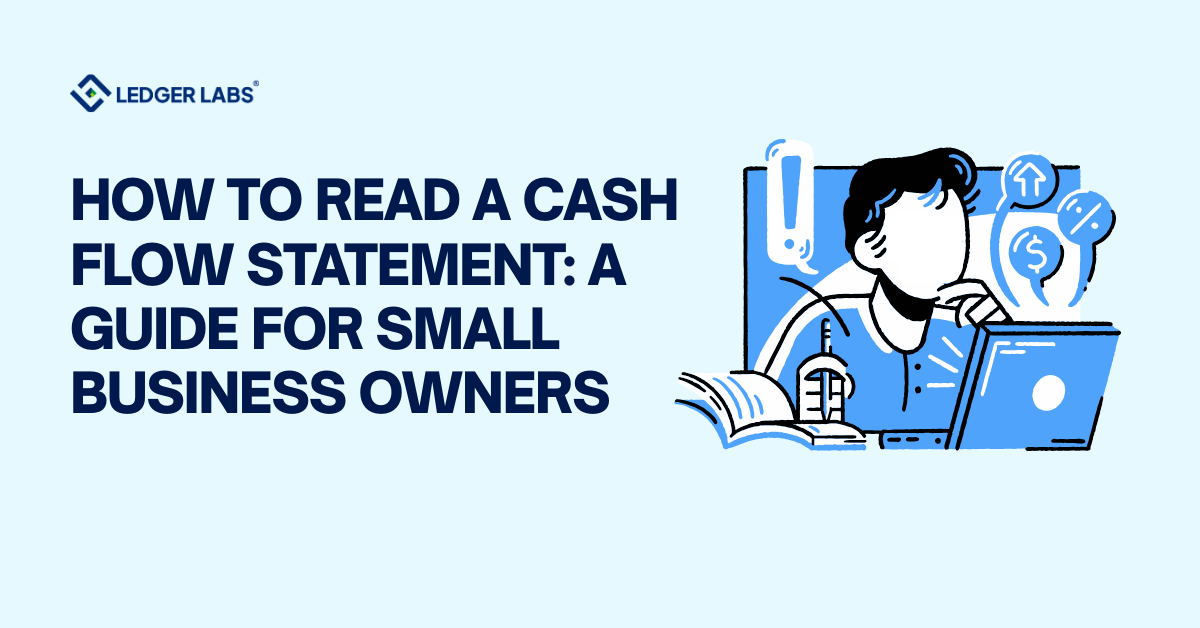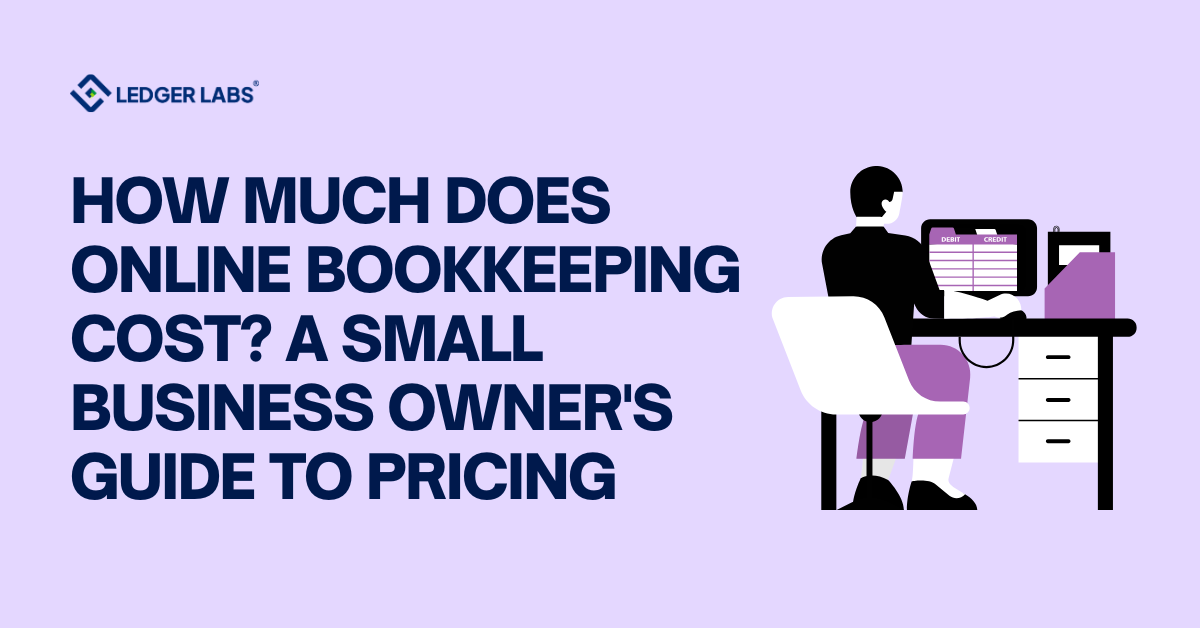If you are an ecommerce business owner, you will have thousands of funds passing in and out of your account daily. But, at the end of the month, you realize that the bank balance does not actually match the sales records. Panic sets in and you scramble through every record to understand what went wrong.
This is where you need ecommerce payment reconciliation. It is basically an organized and systematic comparison between the recorded sales and the funds you have received in your bank account.
For instance, let’s say your Shopify account displays a whole $15,000 in sales for July, but your bank shows $14,700 only. During a balance sheet reconciliation, you found there is a $300 gap that can be due to anything. It could be processing errors, refunds, or even chargebacks. It’s your job to figure out where that gap came from. When you perform a reconciliation, you are protecting your bottom line. But, more than that, you are also getting insights about the well-being of your business.
So, how do you actually do an eCommerce payment reconciliation? Read along to find out.
- Ecommerce payment reconciliation ensures that recorded sales match actual bank deposits and helps identify discrepancies such as lost deposits and fraud.
- The process involves gathering data, sorting and matching transactions, checking for discrepancies, resolving issues, and maintaining detailed records.
- Best practices include automating reconciliation with software, reconciling accounts regularly, and training staff.
- Benefits of reconciliation include accurate financial records, early fraud detection, and improved financial insight.
What is Ecommerce Payment Reconciliation?
Ecommerce payment reconciliation is the process of verifying that the cash you are supposed to receive from sales is actually aligned and flowing to your bank account. In simple words, you need to match your transaction records from the ecommerce platform with the details you receive from your bank.
Let’s give you a payment reconciliation example to make it clearer. For instance, consider that you sold a tea set for $20. When you perform a payments reconciliation, you need to check if the sale has actually been recorded and shows up in your bank statement or payment processor simultaneously. Additionally, you need to make sure that any fees associated with this particular transaction are also accounted for.
But, if you think the reconciliation of payments is just about matching numbers, it is not. It further helps you recognize any discrepancies including but not limited to:
- Lost deposits: Did you lose a customer’s payment?
- Fraudulent transactions: Did you suddenly realize there is a suspicious charge on a transaction?
- Data entry mistakes: Did you make an unnecessary typing error in the amount?
There are far more reasons than you realize. To avoid mishaps like these, people conduct regular eCommerce payment reconciliation. So, if you are thinking of doing it, you are on the right track. But, how do you even perform it? Let’s have a look.
Step-by-Step Guide to Ecommerce Payment Reconciliation Process
The payment reconciliation process involves matching the records you have in hand with the ones provided by your bank. Simply, it is a comparison between your records and the payments actually received in your account. However, to understand the process in-depth, you need to follow a step-by-step procedure.
So, let’s have a look at the process of ecommerce payment reconciliation:
1. Gather necessary data
The first step of the process is collecting all your sales transactions that happened on the ecommerce platform. They can be absolutely anything, from the method of payment and amount to order information and transaction ID.
In fact, get your hands on transaction reports from various payment gateways you have used (for instance, PayPal). They will help outline the payments processed over a timeline. Plus, get bank statements that clearly show deposits made and withdrawal amounts over a specific timeframe.
2. Sort through your transactions
This is where you organize, categorize, and sort through the transactions by payment method, date, and the said amount. Plus, make sure you pinpoint and understand any type of discrepancies that occur along the way. It may include failed transactions, refunds, or chargebacks.
Your job here is to understand all the information about your transactions, make up for the discrepancies, and sort through them efficiently. If you need help organizing and sorting through your transactions, help is right around the corner. Get help from Ecommerce accounting experts for small businesses.
3. Match the transactions
In this step, you need to compare and match every ecommerce transaction with the reports you have from the payment gateways. In other words, cross-check and verify if your records add up to the same amount as your bank statement or payment gateway reports.
Often, it is difficult to keep track of your transactions. Day in and out, you already have a lot on your plate. It’s best to choose a proper ecommerce payment reconciliation software to help you out with this tedious work.
4. Check for discrepancies and errors
As the topic suggests, this is where you identify the transactions via bank reconciliation that do not actually match the statements or payment gateways. After you have found out which transactions actually do not match, start compiling the reasons why this might have happened in the first place. It can be due to bank processing times or any type of delays.
5. Resolve any sort of discrepancies
If you don’t know where exactly the discrepancy has come from in the transaction, drop a line to your payment gateway team. Ask them about the gap in the transaction or the errors you saw. Bank reconciliation discrepancies can happen but make it a point to address them soon! Moreover, rectify all the errors on your records and cross-check if the transactions are accurately showing again.
6. Record keeping and document maintenance
This is one of the most important steps you need to be aware of. Keep comprehensive, error-free records of reconciliation payment. This includes not just the payments you have cross-checked but the ones you have resolved. In simple words, keep notes about the discrepancies you have found and the steps you have taken to resolve it.
But, that’s not it. Keep an audit trail! You need an audit trail for all the transactions that have taken place for a specific period. It helps for future audits and reconciliations.
7. Regular check-ins and reviews
You need to perform regular cash reconciliation. Do it either weekly or monthly – it’s totally up to you. Make sure you understand the volume of the transaction before starting the process. With time, improve your reconciliation process as well. Change is often good to promote more efficiency.
Plus, you can use automated payment reconciliation software to ease the process and make it more streamlined. Let’s be honest, you may not always be readily available to do it yourself. So, it’s best to automate it when you still have time.
There you have it. This is how you do a step-by-step ecommerce payment reconciliation to free your business from the risk of losing money on the table.
Why is Invoice Reconciliation Important for Ecommerce Businesses?
With all the steps and processes bombarding you, it’s clear by now how difficult the whole thing is. From tracking sales to understanding payments, it is a never-ending cycle. The good news? All of it can be put to rest once you start payment reconciliation.
So, let’s look at why reconciliation payments is so significant for your ecommerce business solutions:
1. Making sure your money adds up
Sometimes, what you sell does not show accurately on your bank statements. For these times, you need a way to spot the differences early on and figure out why it happened in the first place. While trying to figure out, you may find that some payments got delayed along the way, while others included refunds. Either way, you won’t be in the dark!
2. Catching fraudulent scenarios sooner
There have been endless cases of fraud around the world. Fraudsters sometimes attempt to use stolen credit cards or pull several other tricks out of their hats. A study by University of Portsmouth estimated that Fraud loss accounts for $5.4 trillion around the world. The number is gradually growing in number.
When you check your invoices regularly, you may come across transactions that seem a little too weird to look at. For instance, if you sell roughly ten items a day, a sudden occurrence of 50 more may seem fishy.
3. Understand cash flows from all investing activities
Make a detailed list of the cash flows related to purchasing and selling long-term assets. This can include anything from equipment and investments to property. When you make a purchase, you basically account for the cash that goes out from your business. On the flip side, you are representing the cash that comes in for the sales you make.
4. Being completely compliant with tax authorities
For when the tax season is due, you will have all the numbers you need to make your return and file it appropriately. Any wrong input you enter on the return can lead to penalties, interests, and even IRS audits. It is something we all want to avoid at all costs. And, the best way to do it is by making your return rock solid with the correct information.
5. Seeing how your business is actually doing
When you compare your invoices to the payments you have been receiving so far – you can understand how exactly your business is holding up. Are your sales meeting the set criteria? Which products are selling the most and can be stocked double? Which products are not selling at all? These are the details you would not want to miss or you will risk your success along the way.
Best Practices for Payment Reconciliation in Ecommerce Business
While payment reconciliation may not seem like an alien term to many, some still consider it unknown. Either way, you need to implement what’s best for your business. So, let’s have a look at the best practices you can keep in mind before conducting the next payment reconciliation process:
1. Automate wherever possible
The best thing to consider is an automated payment reconciliation system. Let’s face it, doing it all manually can be tedious and the risk of errors is already too high. So, try to use software that can automatically match transactions from your sales platforms against the records present in bank statements.
2. Make reconciliation a priority
Never wait until a month or a whole quarter has ended to check your records. The more consistent you are, the lesser the chances of discrepancies. That being said, reconcile your accounts almost daily or at least, on a weekly basis. Given that you may automate the system, it will be less of a hassle for you, too! Plus, this way, you can spot errors or mishaps before they become too big to deal with.
3. Make use of unique identifiers
This is one of the most important aspects of all the best practices. Try assigning a unique transaction ID to each sale you make. In return, this will make the process much easier and tracking payments will also be a breeze. Let’s say you use “ordered numbers” for transactions, make sure they are consistent across all the platforms, including payment processors and your accounting system.
4. Account for all the associated fees
Some forget to factor in the fees associated with each transaction. It’s bad practice and can lead to a lot of errors. Make sure you include all the fees that were associated with a given transaction. This can include marketplace fees (such as the fees you pay to Amazon for selling on their platform), currency conversion fee, along with many others. The more precise you are, the lesser the problems will be.
5. Train your staff and team
Do you have staff and team involved in the reconciliation process? Then, it is your duty to train them well. During the process, make sure they understand the “why” behind each step as much as the “how”. The bottom line is, your team must know about ecommerce payment reconciliation as much as the business owner.
These are among the many best practices you must be aware of. Needless to say, stay ahead of the curve and adopt what’s best for your business.
To Sum It Up
Ecommerce payment reconciliation is one of the most important concepts a business owner must know about. So much so, they should have in-depth knowledge about it.
But, we understand how this may be a lot of information to take in right now. However, don’t worry. With time, even the dust settles down. Truth be told, the more you know about this process over time, the better. It is because it will help you understand if the money you think you are making is actually reaching the bank account.
But, that’s just half the story. When you perform payment reconciliation, you can spot discrepancies, spot minute errors, and even catch fraudsters. These are things you may not achieve if you are not conducting a rock solid reconciliation of payments time and again.
But, if all of it seems too much trouble, we can save you the day. With Ledger Labs, you gain a partner who has 12+ years worth of industry experience helping business owners like you keep their records aligned with their bank statements.
Let us help you conduct regular, hassle-free payment reconciliation so you can focus on what matters most. Book a meeting today.












